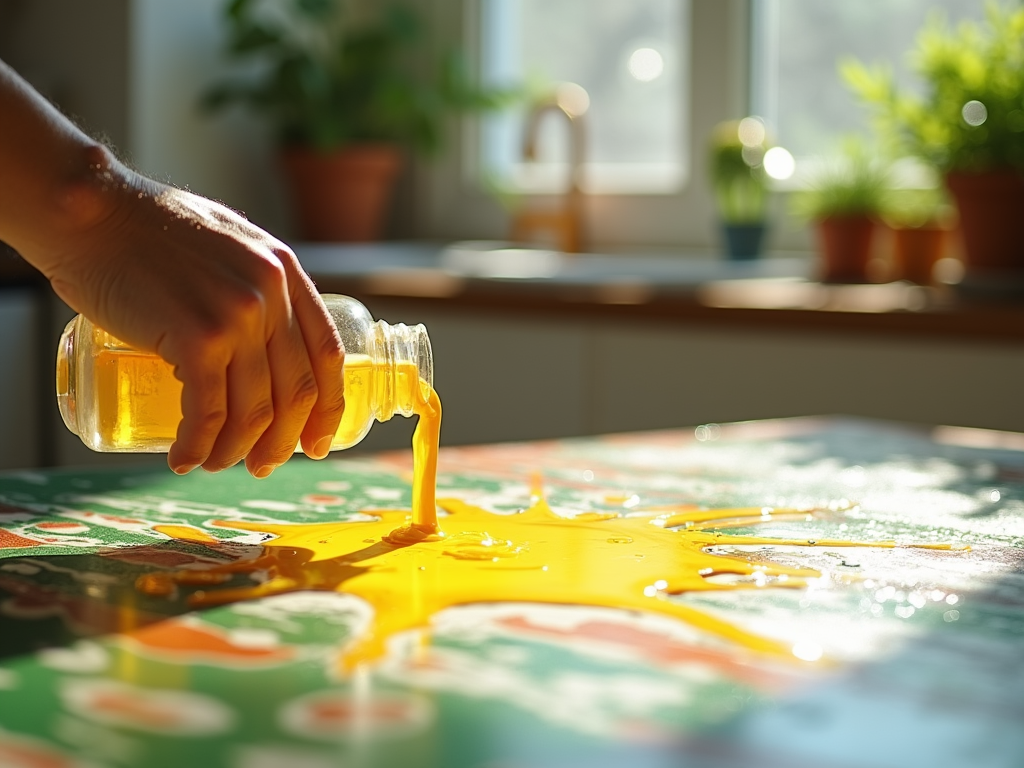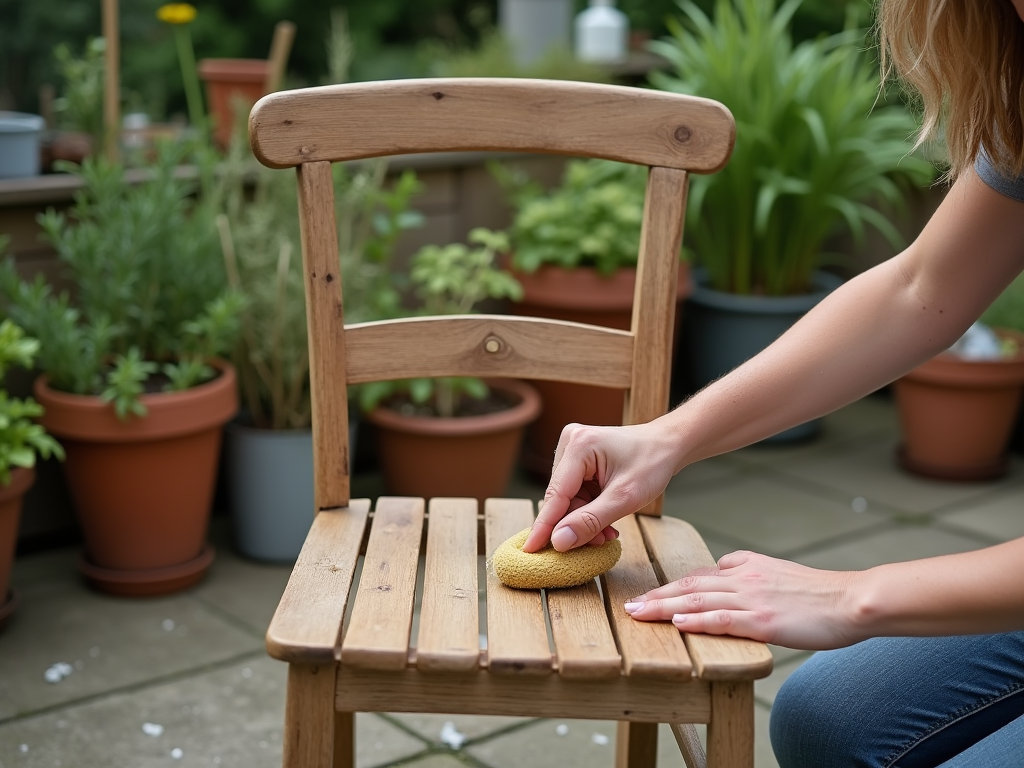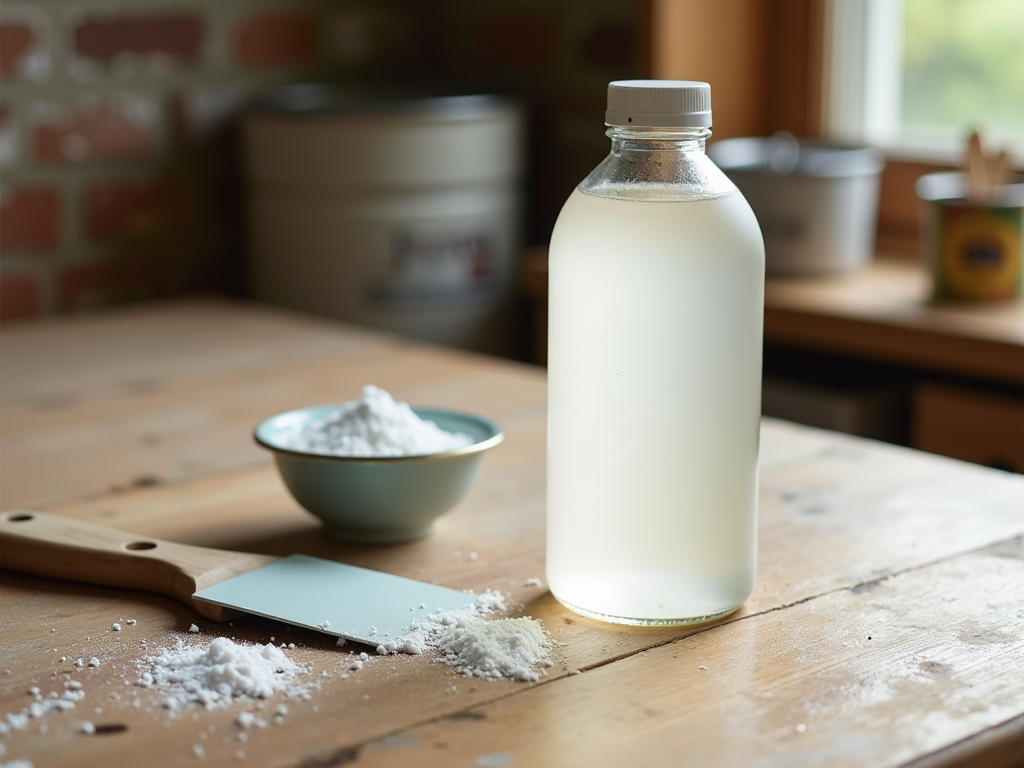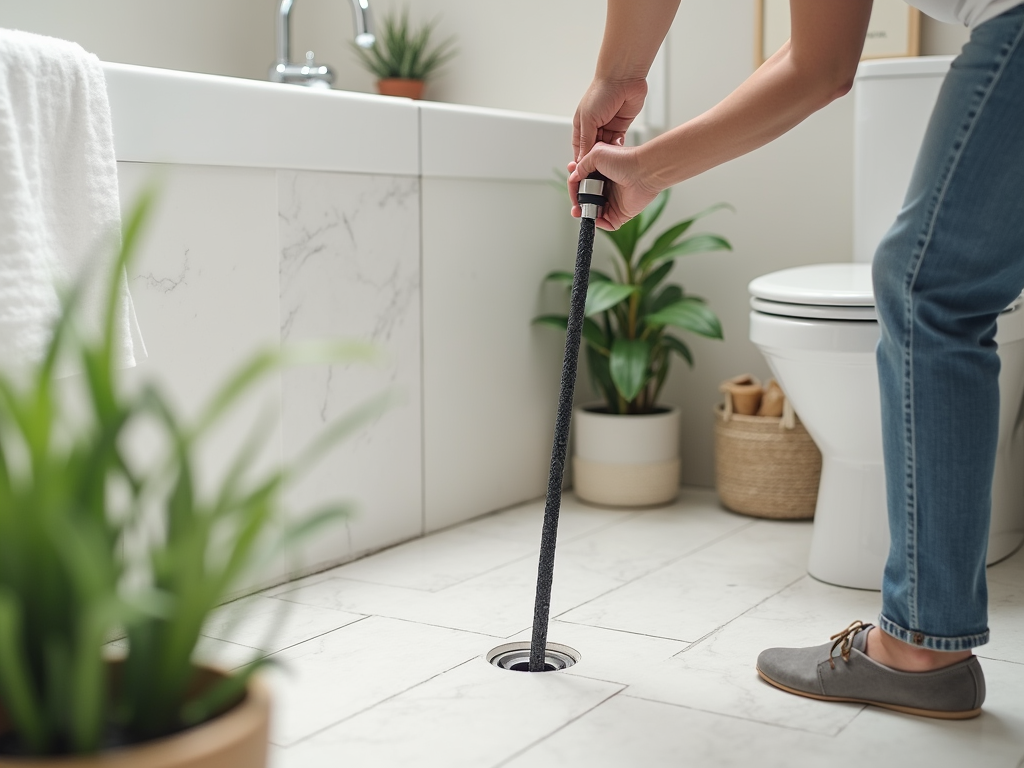If you’re looking for effective and environmentally friendly methods to remove paint from various surfaces, this article is for you. We’ll explore four natural paint removers that safely and efficiently strip away paint without the harsh chemicals commonly found in commercial products. Whether you’re tackling a DIY project at home or restoring furniture, these solutions will cater to different materials and help you achieve a clean, paint-free finish. Let’s dive into the best natural options available!
1. Vinegar: The Versatile Wonder

Vinegar, a pantry staple, is renowned for its versatility and effectiveness as a natural paint remover. Its acidic properties help break down paint, making it easier to scrub away. To use vinegar as a paint remover, simply follow these steps:
- Heat a small amount of white vinegar in a saucepan until it’s warm (but not boiling).
- Apply the warm vinegar to the painted surface using a cloth or sponge.
- Let it sit for about 10-15 minutes to soften the paint.
- Scrape the paint away gently with a putty knife or scraper.
- Finally, clean the area with soap and water to remove any residue.
This method works on both wood and metal surfaces, making it an ideal choice for various projects around the house.
2. Baking Soda: The Gentle Abrasive

Baking soda is not just for baking—it’s also a powerhouse when it comes to removing paint. As a gentle abrasive, it can effectively strip paint without damaging the underlying surface. To use baking soda for paint removal, follow this simple process:
- Mix four tablespoons of baking soda with one tablespoon of water to form a paste.
- Apply the paste to the painted area and allow it to sit for several minutes.
- Scrub the area gently with a sponge or cloth.
- Wipe away the residue with a damp cloth.
- Rinse the surface thoroughly with water.
This technique is particularly effective on wood and can also be used on smaller metal pieces. Just ensure that you rinse well to avoid any residue from remaining on the surface.
3. Citrus Solvent: Nature’s Degreaser
Citrus-based solvents are a fantastic natural alternative to chemical paint removers, primarily derived from the peels of oranges and lemons. These solvents not only smell great but also effectively break down oil-based paints. Here’s how to utilize citrus solvents for paint removal:
- Soak a cloth in a citrus solvent solution.
- Apply the cloth directly to the painted area and allow it to soak for several minutes.
- Gently scrape the paint with a putty knife or scraper.
- Wipe the area clean with a damp cloth until all residues are removed.
- Finish by washing the surface with soap and water to eliminate any oily spots.
Citrus solvents are suitable for a variety of surfaces, including wood, metal, and even masonry, making them an excellent addition to your paint removal toolkit.
While it may not be the first thing that comes to mind, olive oil can effectively remove paint, especially when combined with other natural ingredients. Olive oil works by softening the paint, which can then be wiped away easily. Here’s how to use olive oil as a natural paint remover:
- Mix equal parts of olive oil and white vinegar in a bowl.
- Soak a cloth in the mixture and apply it to the paint-stained area.
- Let it sit for at least 20 minutes to allow the mixture to penetrate the paint.
- Gently scrub the area to lift the paint, using a soft bristle brush if necessary.
- Wipe away any remaining oil with a clean, dry cloth.
This method is particularly effective on wood surfaces and projects where you want to maintain the natural texture of the material.
Conclusion
When it comes to paint removal, natural methods offer effective and safe alternatives to conventional chemical removers. Vinegar, baking soda, citrus solvents, and olive oil are all excellent choices that cater to various surfaces and paint types. These natural solutions not only minimize harmful chemical exposure but also provide a cost-effective approach to tackling paint-related challenges. Whether you’re refurbishing furniture, undertaking craft projects, or tackling a home renovation, these methods can help you achieve a clean and polished finish with ease!
Frequently Asked Questions
1. Can these natural paint removers work on all surfaces?
While these natural paint removers are effective on most surfaces like wood and metal, it’s essential to test them on a small, inconspicuous area first to ensure they don’t cause damage, especially on delicate materials.
2. How can I remove stubborn paint that doesn’t come off easily?
If stubborn paint remains after using a natural remover, consider reapplying the solution and letting it sit longer or combining methods for enhanced effectiveness, such as using baking soda alongside vinegar.
3. Are these natural methods safe for indoor use?
Yes, these natural paint removers are safe for indoor use, but ensure proper ventilation, especially when using citrus solvents to avoid any lingering odors.
4. How long should I let the natural removers sit on the paint?
The time varies based on the type of surface and paint; generally, allowing 10-30 minutes for the solution to penetrate is a good practice for effective removal.
5. Do I need to wear protective gear when using natural paint removers?
While natural removers are safer than chemical options, wearing gloves can protect your skin, and eye protection is recommended during scrubbing to prevent irritation.



